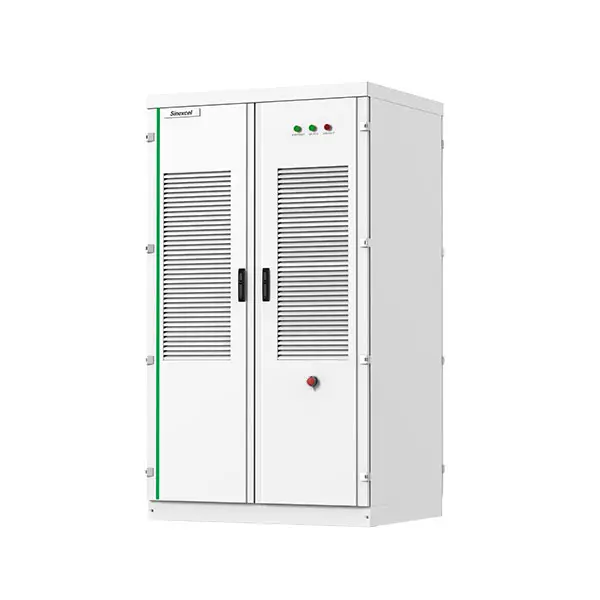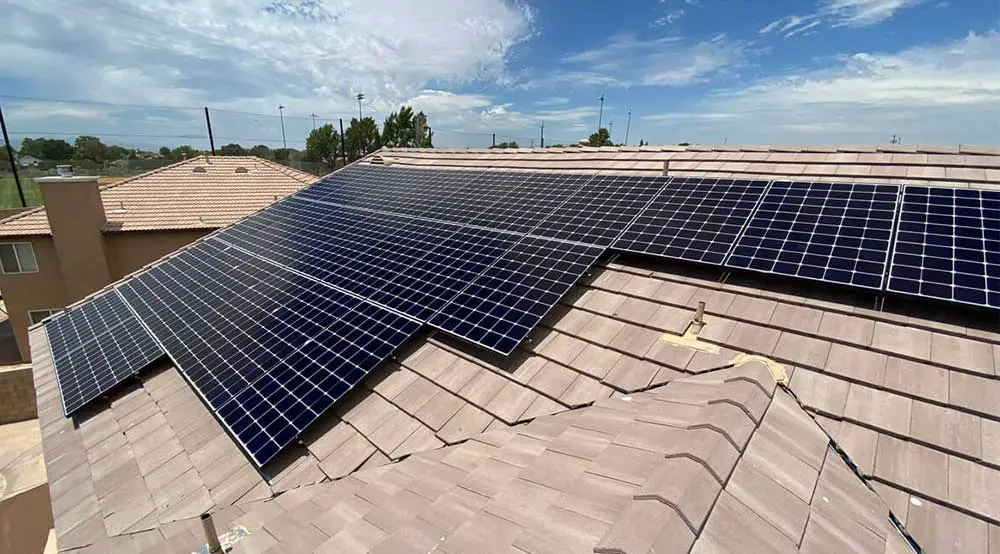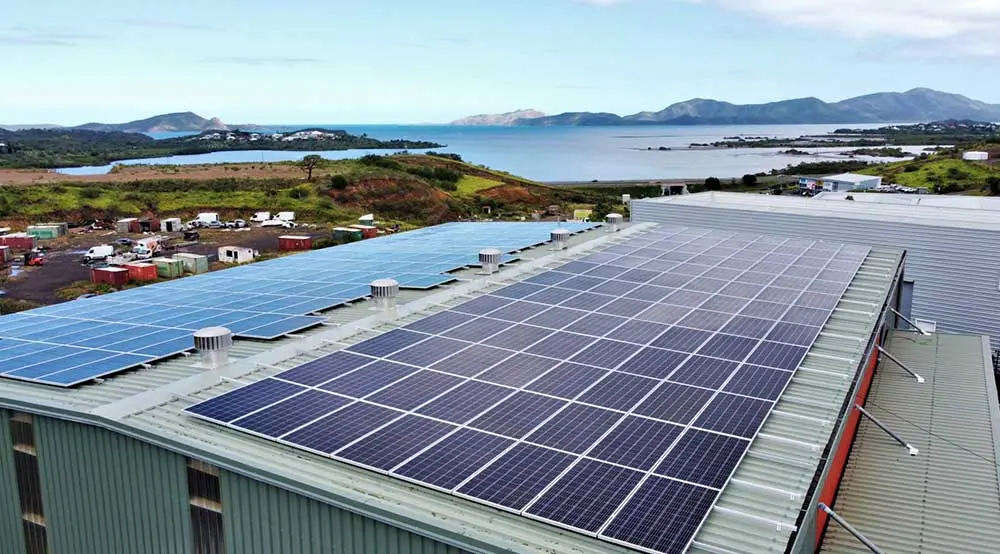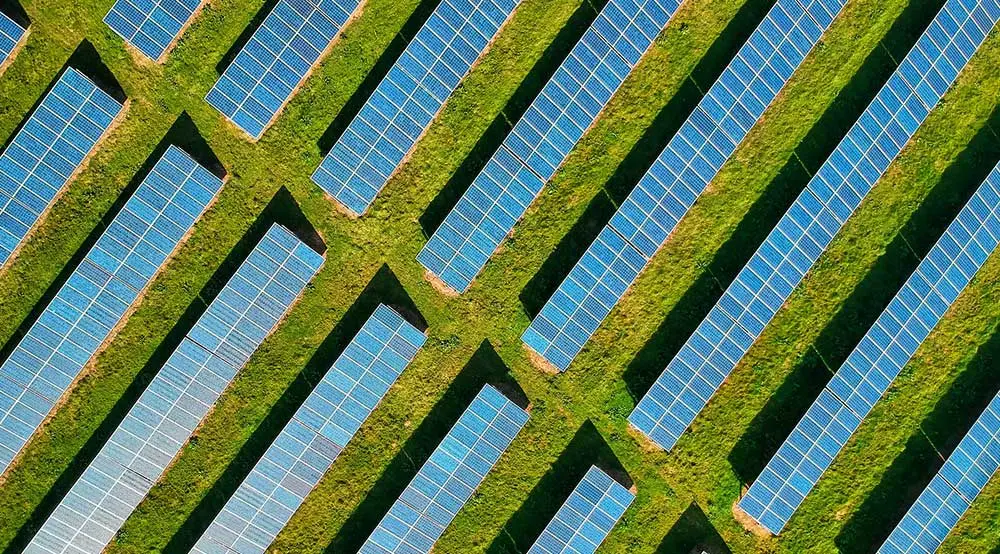Single or Multiple Strings DCDC Rack Converter (100kW to 750kW)
description1
Product Highlight
01
DC Voltage Range
02
Current
03
Dimensions
- 1200 x 970 x 2100 mm, providing a compact yet scalable solution for large installations.
04
Weight
Key Features
01
Modular Design
- The system is designed to be scalable, with 1 to 8 power modules, allowing easy expansion from 100kW to 750kW.
02
MPPT Built-In
03
Bidirectional Power Conversion
- The system supports bidirectional power conversion, enabling both charging and discharging of the battery, which is essential for energy storage systems and peak shaving.
04
Wide DC Voltage Range
- The 500Vdc to 1500Vdc voltage range offers compatibility with a variety of battery types and renewable energy sources.
05
Multiple Input and Output Options
06
High Efficiency
07
Safety and Compatibility
08
Intelligent Collaboration
09
Flexible Applications
Applications

Key Benefits
01
Scalable and Modular
- The modular design and 1 to 8 power module configuration allow the system to scale from 100kW to 750kW, enabling future expansion.
02
High Efficiency
- The system achieves peak efficiency of 98.96%, minimizing energy losses and enhancing overall system performance.
03
Multi-string Technology
- Independent control of multiple strings ensures better battery performance and safety, enabling flexibility in energy storage and power optimization.
04
Wide Compatibility
- Supports a variety of battery systems and renewable energy sources, making it suitable for diverse energy storage applications.
05
Safety and Flexibility
06
Flexible Configurations
Conclusion

The DCDC Rack Converter is a high-efficiency, scalable, and flexible solution for large-scale energy storage systems. With its modular design, bidirectional power conversion, and integrated MPPT technology, it is well-suited for renewable energy integration, microgrids, and commercial or industrial applications. Its high efficiency, safety features, and compatibility with a wide range of battery systems ensure that it can meet the energy storage needs of both current and future energy systems.





